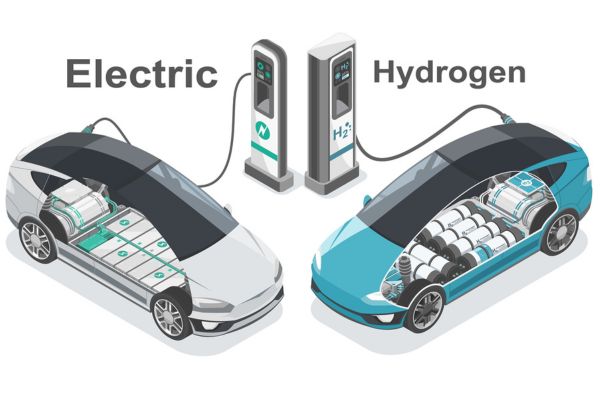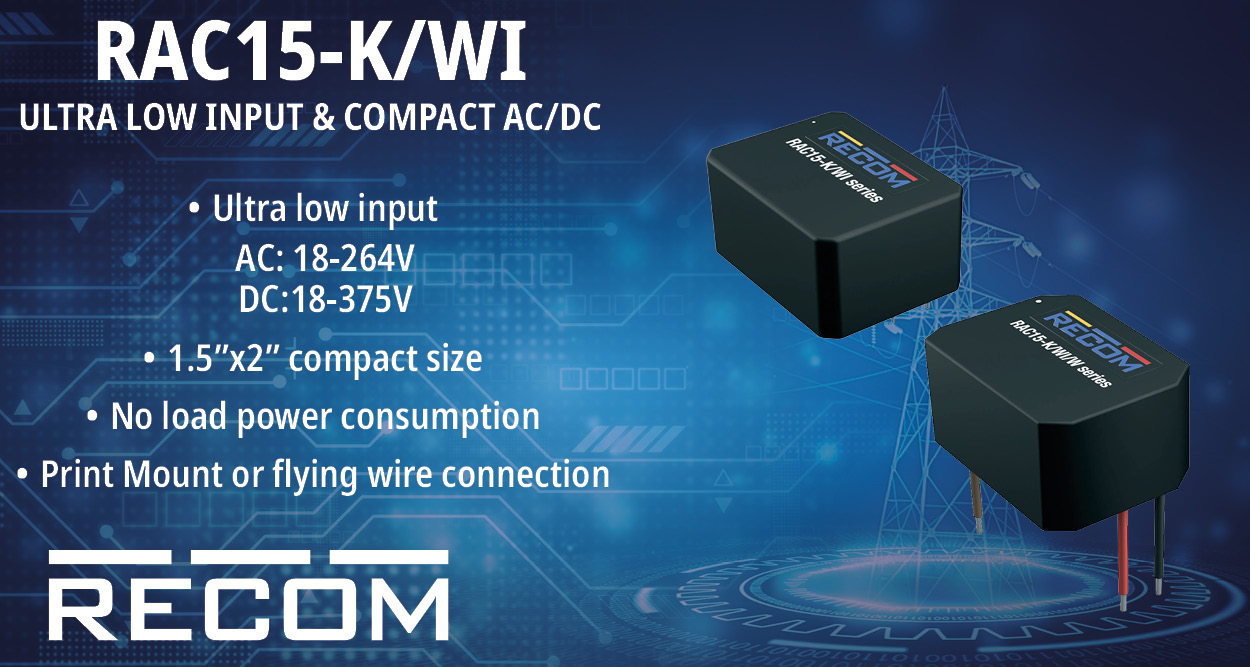The push for eco-friendly transportation has spurred advancements in alternative fuel vehicles, with Hydrogen Fuel Cell Vehicles (HFCVs) and Battery Electric Vehicles (BEVs) at the forefront. These technologies aim to reduce our dependence on fossil fuels and lower greenhouse gas emissions, but they have distinct infrastructure requirements and environmental impacts. The future of BEVs is being influenced by progress in battery technology. Next-generation batteries, such as solid-state batteries, promise to significantly improve the performance and range of BEVs. According to the Consegic Business Intelligence, Next-Generation Batteries Market is estimated to reach over USD 21,143.59 Million by 2030 from a value of USD 13,771.81 Million in 2022, growing at a CAGR of 5.7% from 2023 to 2030. Solid-state batteries use a solid electrolyte instead of a liquid one, offering higher energy density, faster charging times, and improved safety. They are less prone to overheating and operate efficiently in a wider range of temperatures. Furthermore, they have the potential to reduce the cost of BEVs by using more abundant and less expensive materials. There is also ongoing research into other battery technologies, such as lithium-sulfur and metal-air batteries, aiming to push the boundaries of what BEVs can achieve.
Mechanisms of Operation
HFCVs run on hydrogen gas stored in high-pressure tanks and use a fuel cell stack to generate electricity to power the vehicle’s electric motor, with water vapor being the only emission. This process occurs in the fuel cell’s anode and cathode, separated by an electrolyte membrane. BEVs are powered by electricity stored in lithium-ion batteries, which supply energy to the electric motor. The batteries are recharged by plugging into an external power source.
Infrastructure and Refueling
The infrastructure for hydrogen refueling is still developing, with stations mainly found in regions like California, Europe, and parts of Asia. Refueling an HFCV is fast, typically taking 3-5 minutes, similar to gasoline vehicles. However, creating and maintaining this infrastructure is costly and complex. Hydrogen stations require high-pressure storage and specialized equipment to handle the gas safely. Furthermore, transporting hydrogen to refueling stations can be challenging due to its low energy density and the need for compression or liquefaction, adding to the overall infrastructure cost.
BEVs benefit from a well-established charging infrastructure, with stations widely available in urban areas, along highways, and at residences. Charging times vary from about 30 minutes at fast-charging stations to several hours with home chargers. The network is expanding rapidly, with governments and companies investing in new stations and technology to reduce charging times.
Environmental Considerations
Hydrogen is a clean fuel, but most is currently produced from natural gas, emitting CO2. Green hydrogen made using renewable energy is a cleaner option. Research is ongoing for more sustainable production methods to reduce the environmental impact. BEVs produce no tailpipe emissions, making them great for reducing urban pollution. Their environmental impact depends on the electricity source used for charging. If it’s renewable, BEVs are very eco-friendly, but if it’s from fossil fuels, the emissions benefits are reduced. However, producing and disposing of lithium-ion batteries also presents environmental challenges, with issues like mining causing degradation and pollution, and battery disposal and recycling being critical concerns.
Performance and Range
HFCVs offer a range of 300-400 miles, suitable for long-distance travel and commercial uses. They are reliable in various climates and less affected by weight load than BEVs, making them advantageous for commercial and freight applications. BEVs have made strides in range, but range anxiety remains a concern. Factors like temperature and driving habits can affect BEV performance. Manufacturers are continuously improving battery technology to enhance performance and address these issues.
Cost Factors
HFCVs are generally more expensive than BEVs due to their complex technology and limited production. Hydrogen fuel is also pricier than electricity, leading to higher operational costs. The high cost of hydrogen production, storage, and distribution infrastructure adds to the overall expense of owning and operating an HFCV. However, advancements in technology and increased production scale could lead to cost reductions over time, making HFCVs more competitive with other alternative fuel vehicles.
BEVs are becoming more affordable as technology improves and production scales up. BEVs also have lower maintenance costs compared to traditional vehicles because they have fewer moving parts and require less frequent servicing. Additionally, lower fuel and maintenance costs contribute to a more favorable total cost of ownership over the vehicle’s lifespan.
Conclusion
Both Hydrogen Fuel Cell Vehicles (HFCVs) and Battery Electric Vehicles (BEVs) play crucial roles in sustainable transportation. HFCVs excel in long-range travel and quick refueling, making them ideal for commercial fleets and long journeys. On the other hand, BEVs with extensive charging infrastructure and lower running costs are perfect for daily use and urban commuting. The choice between HFCVs and BEVs depends on infrastructure development, technological advances, environmental policies, and personal needs. Understanding their unique benefits and challenges allows consumers and policymakers to make informed decisions to support the transition to cleaner, more sustainable transportation solutions.

















